KANGANI / कंगनी
₹199.00 – ₹999.00
Swad Sugandh Kangani: The Millet Powerhouse for a Healthy You
Embrace the ancient grain with a modern twist! Swad Sugandh Kangani is a unique millet, also known as foxtail millet or nachni, packed with nutrition and culinary potential. Unlike polished rice, kangani is a whole grain, retaining its bran and germ, offering a delightful nutty flavor and a burst of health benefits.
Swad Sugandh Kangani: A Nutritional Powerhouse in Every Bite!
- High in Protein: Kangani is a complete protein source for vegetarians and vegans, containing all nine essential amino acids.
- Fiber Fiesta: Rich in dietary fiber, Swad Sugandh Kangani promotes healthy digestion, keeps you feeling fuller for longer, and may aid in weight management.
- Gluten-Free Goodness: Perfect for those with gluten sensitivity, kangani is a naturally gluten-free grain, making it a safe and healthy choice for everyone.
- Micronutrient Marvel: Kangani boasts essential micronutrients like iron, calcium, and phosphorus, contributing to overall health and well-being.
Unlocking Culinary Delights with Swad Sugandh Kangani:
- Khichdi Delight: Experience the magic of a healthy and flavorful Khichdi made with Swad Sugandh Kangani. It cooks quickly and evenly, offering a delightful texture and nutty flavor to this comforting dish.
- Dosa Diversity: Explore the world of dosas beyond rice! Kangani can be used to create light and nutritious Kangani dosas that are perfect for a healthy breakfast or snack.
- Upma Adventure: Elevate your Upma with the goodness of Swad Sugandh Kangani. This versatile millet cooks quickly and absorbs the flavors of your spices and vegetables beautifully.
- Salad Powerhouse: Don’t just limit kangani to hot dishes! Cooked and cooled Swad Sugandh Kangani adds a nutty crunch and a protein punch to your salads.
Swad Sugandh Kangani: Your Gateway to a Healthier You!
Swad Sugandh Kangani isn’t just a grain; it’s a gateway to a healthier you. Explore the world of millets and incorporate this ancient grain with a modern twist into your diet. So ditch the ordinary and embrace the power of nature with Swad Sugandh Kangani!
P.S. Ready to experience the taste and health benefits of Swad Sugandh Kangani firsthand? Head over to our website and order yours today! Unleash your inner chef and embark on a delicious and nutritious culinary adventure!
- Packed with protein and fibre
- Millets are gluten-free with a low glycemic index
- It’s rich in prebiotic dietary fibre that supports good bacteria in the digestive system
- It contains minerals such as magnesium with a low sugar content
- Can be used in porridge, baked goods, and soups
- Shelf life: 9 months
- Being heat-tolerant, climate-resistant, and requiring less water, millets are an environment-friendly choice
Kangani, also known as foxtail millet, is a small, round grain with a mild flavor and slightly chewy texture. It is a good source of protein, fiber, vitamins, and minerals, and is also gluten-free.
Kangani has many health benefits, including:
- High in nutrients: Kangani is a good source of protein, fiber, vitamins, and minerals, including iron, calcium, magnesium, and phosphorus. It is also a good source of antioxidants, which can help to protect the body from damage caused by free radicals.
- Gluten-free: Kangani is a good choice for people with celiac disease or gluten intolerance. It does not contain any gluten, so it is safe to eat for people who must follow a gluten-free diet.
- Good for digestion: Kangani is a good source of fiber, which can help to improve digestion and prevent constipation.
- May help to control blood sugar levels: Kangani has a low glycemic index, meaning that it does not cause a sudden spike in blood sugar levels after eating. This makes it a good choice for people with diabetes or prediabetes.
- May help to reduce cholesterol levels: Kangani contains soluble fiber, which can help to reduce cholesterol levels in the blood.
Kangani can be consumed in a variety of ways. It can be cooked like any other grain, and can be used to make dishes such as porridge, khichdi, and upma. Kangani can also be ground into flour and used to make pancakes, waffles, and other baked goods.
Here are some ideas for how to use kangani in your cooking:
- Kangani porridge: Kangani porridge is a nutritious and delicious breakfast or snack. To make kangani porridge, simply cook kangani in water or milk until it is thickened. You can then add your favorite toppings, such as nuts, seeds, fruits, or honey.
- Kangani khichdi: Kangani khichdi is a simple and nutritious dish made with rice, kangani, and spices. Kangani khichdi is often made for people who are sick or recovering from an illness, as it is easy to digest and provides the body with essential nutrients.
- Kangani upma: Kangani upma is a popular South Indian breakfast dish. To make kangani upma, simply cook kangani in water or broth until it is soft. Then, add vegetables, spices, and herbs to taste.
- Kangani flour pancakes: Kangani flour pancakes are a healthy and gluten-free alternative to traditional wheat flour pancakes. To make kangani flour pancakes, simply combine kangani flour with water, eggs, and milk to form a batter. Then, cook the pancakes on a hot griddle until they are golden brown.
Kangani is a versatile and nutritious grain that can be enjoyed by people of all ages. It is a good choice for people with celiac disease or gluten intolerance, as well as people who are looking for a healthy and delicious addition to their diet.
| Weight | N/A |
|---|---|
| Dimensions | N/A |
| WEIGHT | 1kg, 5kg |

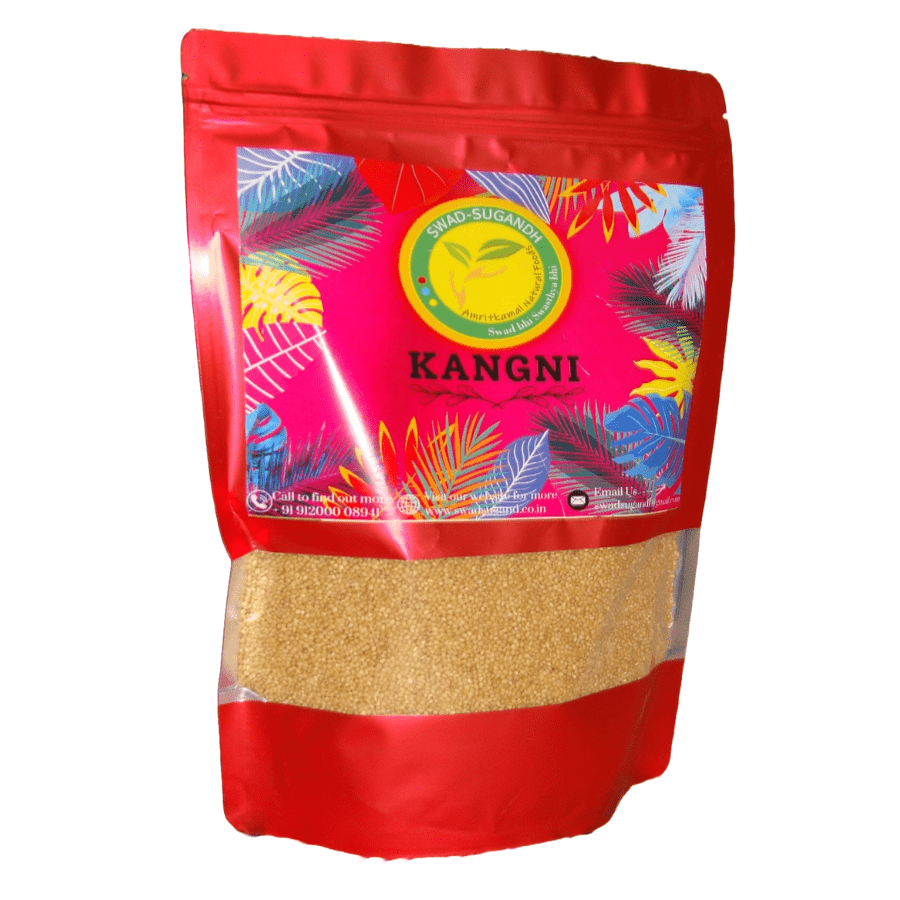
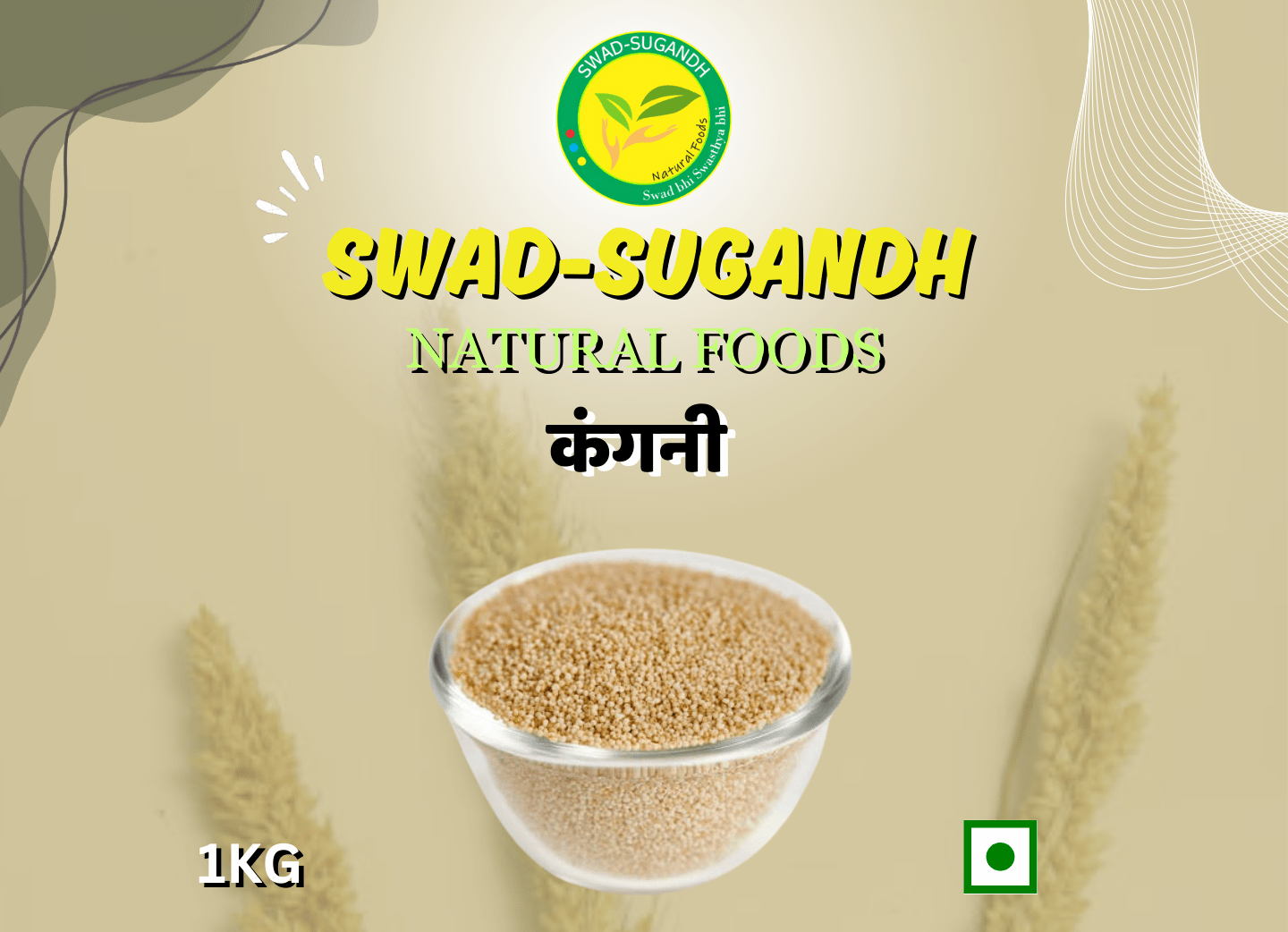
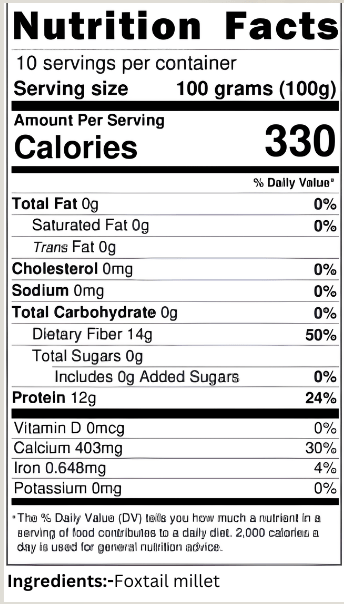
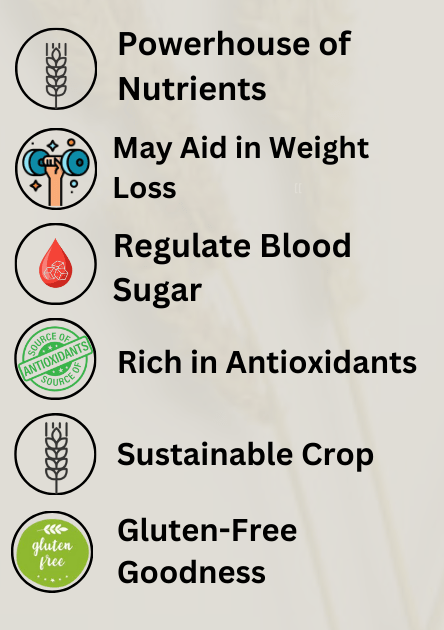
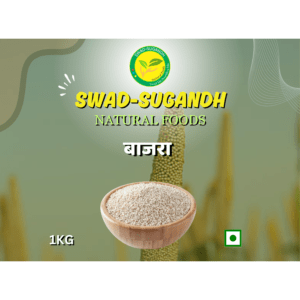
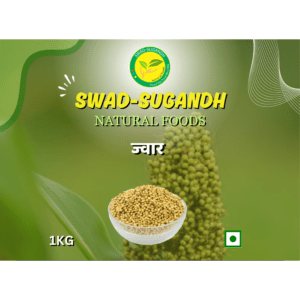
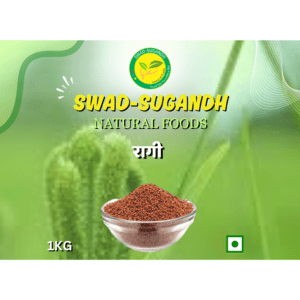
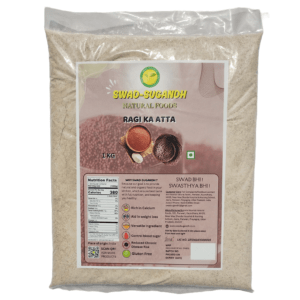

Reviews
There are no reviews yet.